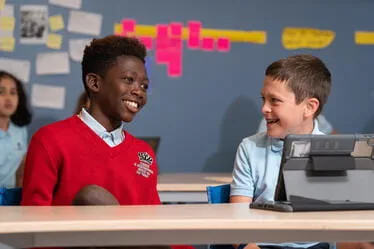The Relationship of Numbers Mathematics is a human activity, a social phenomenon, a set of methods used to help illuminate the world, and it is part of our culture.
Mathematics is all about illuminating relationships such as those found in shapes and in nature. It is also a powerful way of expressing relationships and ideas in numerical, graphical, symbolic, verbal and pictorial forms. This is the wonder of mathematics.
We hope that the children become enchanted by mathematics, the insights it provides into the world, the way it elucidates the patterns and relationships all around us.
Loris Malaguzzi reminds us that,
“…it is not an imposition on children or an artificial exercise to work with numbers, quantity, classification, dimensions, forms, measurement, transformation, orientation, conservation, and change, or speed and space, because these explorations belong spontaneously to the everyday experiences of living, playing, negotiating, thinking and speaking by children.”
Targeted explorations can be both engaging and beneficial to the children while still allowing them to learn at their own pace and in their own way. An invitation which encourages children to explore counting or classifying, computational strategies, shapes and patterning, measurement and volume, addition and subtraction or other mathematical concepts is not an artificial exercise for children as they will interact with the materials, make discoveries, test theories and practice new skills in much the same way they would during spontaneous play. So while so much of the children’s understanding of mathematical concepts has come from engaging with different materials during play, we also work together on specific skills.
The EY2 children have been considering what they know about numbers.
“I know about numbers is counting. You can count on the white board and it helps you learn numbers.” (Juliette)
“I can count to 1000 and I can count to 100. If you just count up to one you won’t know any more numbers.” (Noah)
“Numbers so I can count them and someone else can count them for you.” (Eli)
“I count numbers and I saw numbers. You see numbers all the way up to 2000.” (Noah)
“When you count, you count to the last number in the world.” (Blaike)
“One finity is the last number in the world. One finity is a number.” (Juliette)
“Maybe someone count and someone can count to 100.” (Eli)
“The point of numbers is you can learn to count and you can learn to count numbers on the white board. You can see clocks and they have numbers.” (Juliette)
“On your laptops you have numbers.” (Bilal)
“On your phone you can see the numbers to see what time it is.” (Juliette)
“I noticed numbers on signs , like on signs that says it’s a path or a soccer match.” (Lara)
“To tell you what the score is.” (Bilal)
On searching for numbers and discussing the usefulness of numbers around the school the children were delighted to discover that the secondary school students were reflecting on the same question, “What are numbers?” Some of the children posted their responses on the display in the maths neighbourhood to proudly make visible their ideas to the older students.
The children will continue to investigate the relationship of numbers through their daily explorations and guided learning engagements. I am excited to find out what they discover.
Clair Wain








